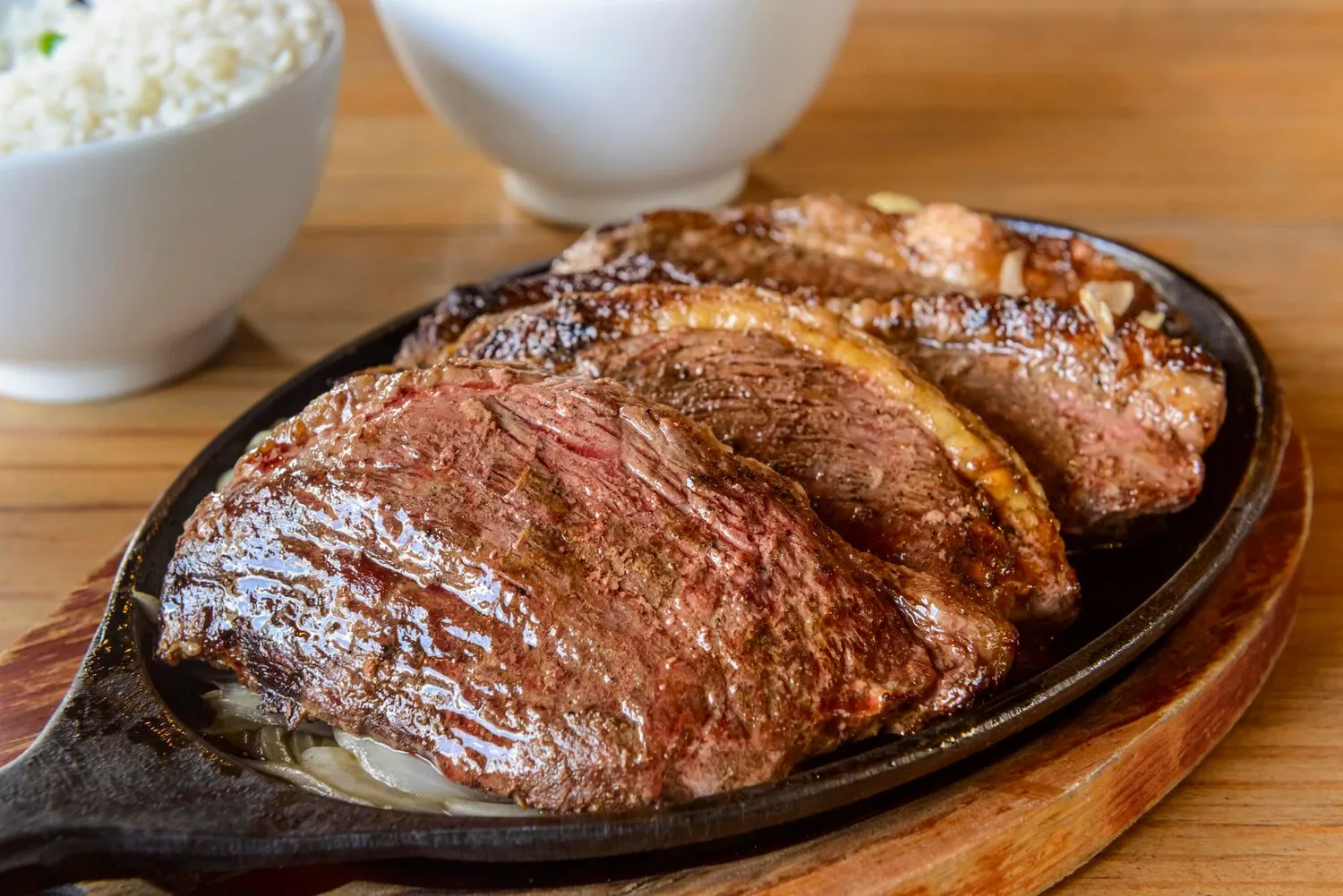
Tartare de Boeuf
Raw ground beef, seasoned and served with egg yolk and condiments.
Nutrition Facts
* The % Daily Value (DV) tells you how much a nutrient in a serving of food contributes to a daily diet. 2,000 calories a day is used for general nutrition advice.
While the exact origins are debated, the modern form of Steak Tartare emerged in early 20th-century France, popularized by the novel 'Tartarin de Tarascon' and associated with a dish called 'Steak à l'Americaine' before evolving into the recipe we know today.
Beef tartare, particularly in France, is often seen as a sophisticated and refined dish, frequently enjoyed in bistros and restaurants. Its preparation and presentation reflect a respect for the quality of ingredients and culinary technique.
Bistro Staple
Beef tartare is a classic bistro dish in France, readily available and considered a reliable choice for a flavorful and relatively light meal.
Raw Food Culture
The popularity of beef tartare reflects a broader appreciation for raw food preparations in French cuisine, emphasizing freshness and simplicity.
Emphasis on Quality
The success of beef tartare relies heavily on the quality and freshness of the beef, reflecting the importance placed on sourcing high-quality ingredients in French cuisine.
Beef tartare is characterized by its fresh, clean flavors, emphasizing the quality of the raw beef. Savory, tangy, and subtly spicy notes complement the richness of the meat.
The primary flavor comes from the high-quality raw beef, typically lean cuts like tenderloin or sirloin, finely minced or chopped. Onions and capers provide a sharp, pungent contrast to the beef's richness. Dijon mustard adds a tangy and slightly spicy element, while Worcestershire sauce contributes umami depth. Fresh herbs like parsley or chives bring a bright, herbaceous note. Egg yolk, often served on top, enriches the texture and adds a creamy flavor. The fries provide a salty, crispy counterpoint. The salad provides a fresh counterpoint and acidity to cut through richness.
Sourcing the Beef
Always use the freshest, highest-quality beef from a reputable butcher. Inform the butcher that the beef will be consumed raw so they can advise on the best cut and ensure proper handling.
Food Safety
Keep the beef refrigerated at all times during preparation. Consume the tartare soon after it is made to minimize the risk of bacterial growth. Individuals with compromised immune systems, pregnant women, and young children should avoid consuming raw beef.
Flavor Balance
Adjust the seasonings (mustard, Worcestershire sauce, hot sauce, salt, pepper) to your preference. Taste as you go to achieve the desired balance of flavors.
Chopping vs. Grinding
Finely chopping the beef by hand is preferred over grinding, as it preserves the texture and avoids making the tartare mushy.
Explore additional Meat dishes and restaurants
Explore MeatDiscover top dining spots and culinary experiences in Perpignan.
Explore PerpignanLearn more about the food culture, restaurant scene, and culinary heritage of France.
Explore France
